Primitive and Vernacular Architecture
a brief but informative explanation of primitive and vernacular architecture. Primitive and vernacular architecture refers to buildings that are constructed using local materials and traditional building techniques. These buildings are often simple in design, but they are highly functional and reflect the cultural values of the people who build them.
ARCHITECTURE
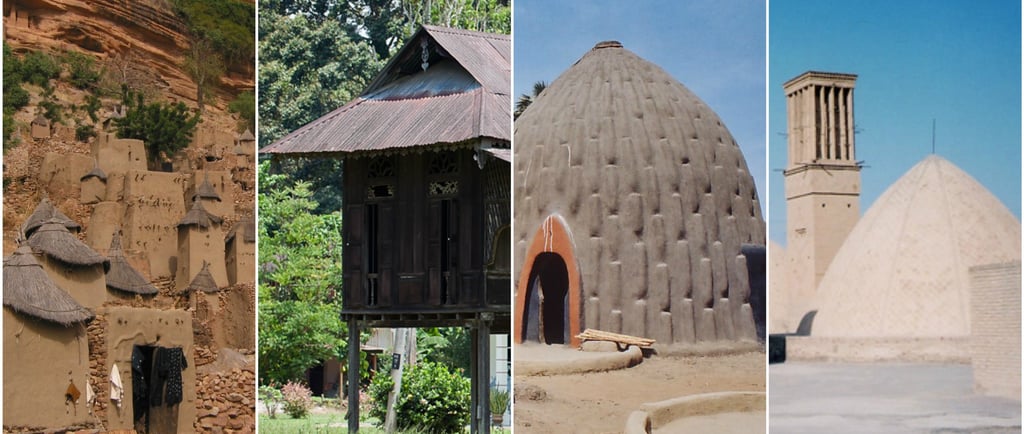

Exploring Primitive and Vernacular Architecture
Architecture is often associated with grand buildings and impressive structures, but there is another side to architecture that is just as important - primitive and vernacular architecture. In this blog post, we will explore what primitive and vernacular architecture is, its significance, and some examples of it from around the world.
What is Primitive and Vernacular Architecture?
Primitive and vernacular architecture refers to buildings that are constructed using local materials and traditional building techniques. These buildings are often simple in design, but they are highly functional and reflect the cultural values of the people who build them. They can be found all over the world, from rural villages to urban slums.
The Significance of Primitive and Vernacular Architecture
Primitive and vernacular architecture has several significant advantages over modern construction methods. Firstly, it is sustainable because it uses local materials that are readily available. Secondly, it is cost-effective because it does not require expensive machinery or skilled labor. Thirdly, it reflects the cultural identity of a place by incorporating local traditions into its design.
Examples of Primitive and Vernacular Architecture
There are many examples of primitive and vernacular architecture from around the world. Here are just a few:
1. The stilt houses in Southeast Asia - These houses are built on stilts to protect them from flooding during monsoon season. They are made from bamboo or wood and have thatched roofs.
2. The adobe houses in South America - These houses are made from mud bricks that are dried in the sun. They have thick walls that keep them cool during hot weather.
3. The igloos in the Arctic - These houses are made from blocks of ice that are cut from nearby glaciers. They have a small entrance to keep out cold air.
4. The yurts in Central Asia - These circular tents are made from felt and are used by nomadic people. They are easy to assemble and disassemble, making them ideal for a mobile lifestyle.
Conclusion
Primitive and vernacular architecture is an important part of our built environment. It reflects the cultural identity of a place, is sustainable, and cost-effective. By exploring examples of primitive and vernacular architecture from around the world, we can gain a greater appreciation for the diversity of human culture and ingenuity.
Please see below for some images that illustrate the examples mentioned in this post:
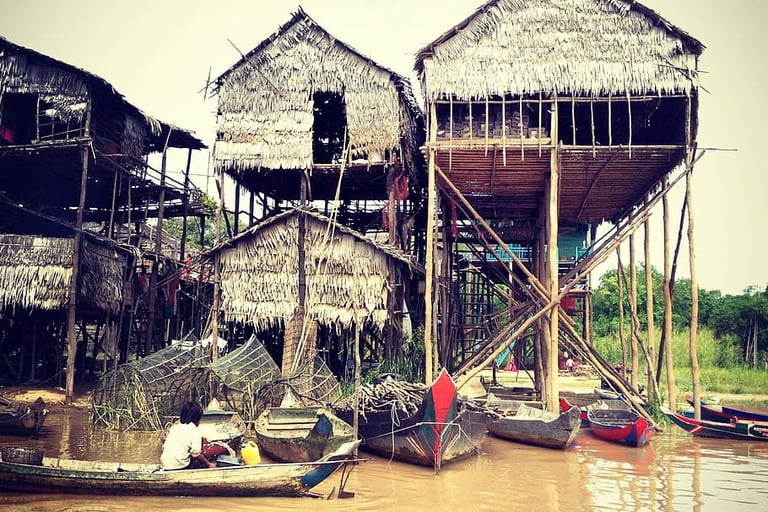

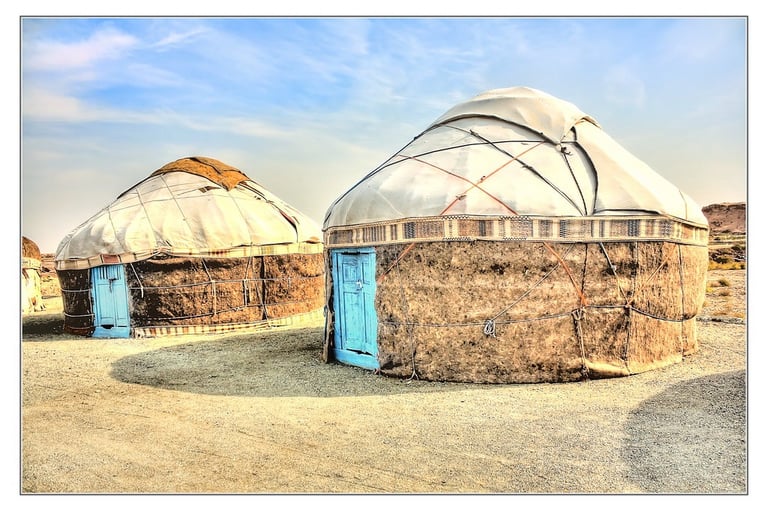

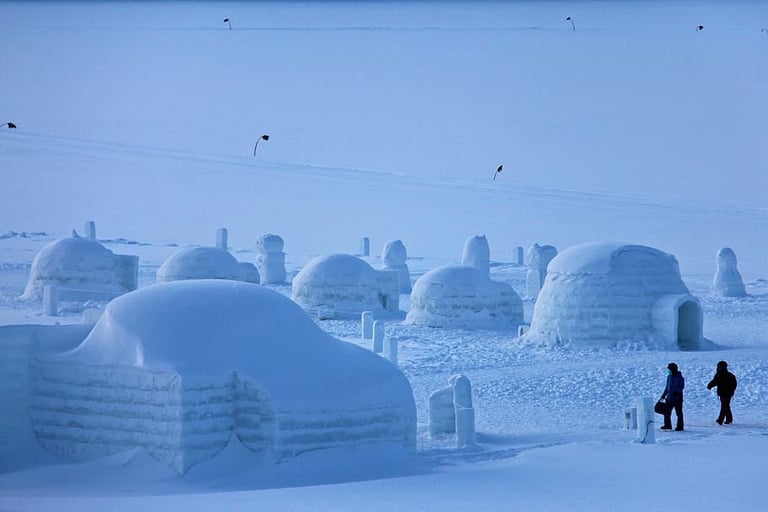

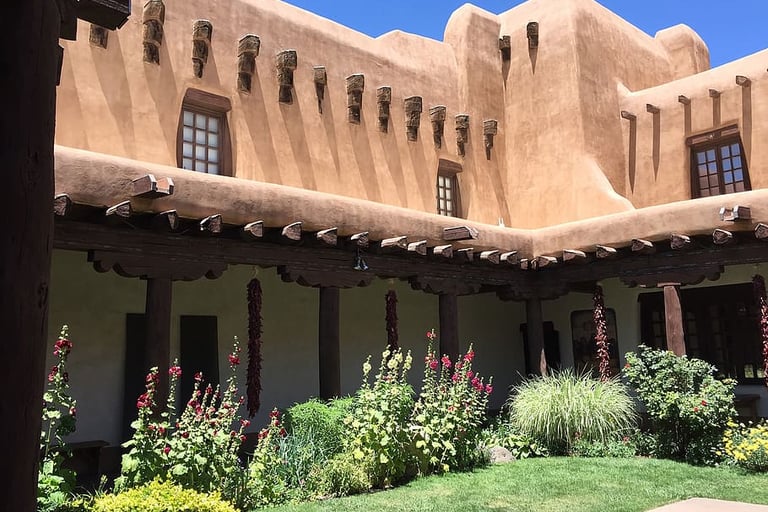

Thank you for reading! If you're interested in learning more about architecture and interior design, be sure to visit our website and follow us on social media. By visiting our website, you'll gain access to valuable resources, including our coaching program, which is designed to equip you with the knowledge and skills to excel in your design career. You'll also be the first to know about new blog posts, industry news, and upcoming events. So don't wait – visit our website and follow us on social media today to take your design skills to the next level!
Other articles of your interest
Are Carbon Neutral Buildings Expensive?
Best Interior Design Tips to Decorate Your Home
10 Must-Have Skills for Modern Architects and Interior Designers
